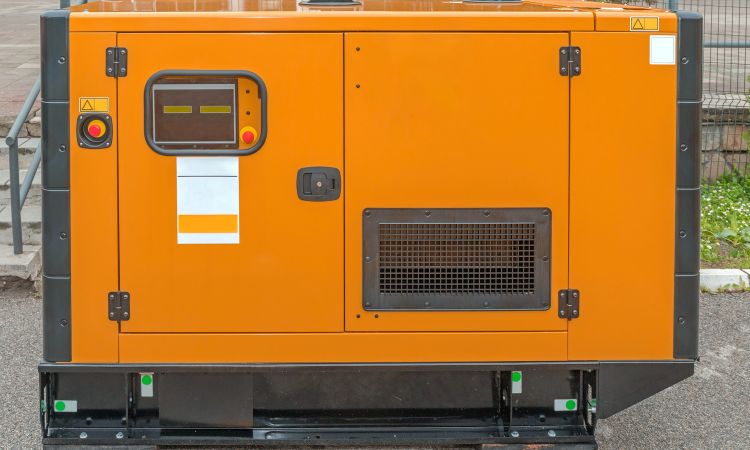The cryocooler market plays a crucial role in various high-tech industries, from aerospace to healthcare, by providing efficient cooling solutions at extremely low temperatures. The global cryocooler market size reached approximately USD 3.30 billion in 2023, and it is projected to grow at a compound annual growth rate (CAGR) of 7.2% between 2024 and 2032, reaching a value of around USD 6.13 billion by 2032. Understanding this market’s dynamics is essential for stakeholders looking to capitalize on emerging opportunities.
Market Overview
Cryocoolers are devices used to achieve and maintain low temperatures, typically below 120 Kelvin. These devices are critical for various applications, including infrared detectors, superconducting materials, and other technologies requiring stable cryogenic conditions. As industries continue to innovate and expand, the demand for efficient and reliable cryocooling solutions is growing.
Market Size and Share
The cryocooler market has witnessed significant growth due to the increasing need for advanced cooling systems across various sectors. Key drivers influencing this growth include rising demand for energy-efficient technologies, advancements in aerospace applications, and the growing healthcare sector’s reliance on cryopreservation techniques.
The market is expected to experience sustained growth through 2032, driven by both technological advancements and increasing investment in research and development.
Market Segmentation
By Type
The cryocooler market can be segmented by type into several categories, each with unique characteristics and applications:
- Pulse-Tube (PT): Known for its reliability and simplicity, the pulse-tube cryocooler is widely used in various applications, including space missions and scientific instruments. Its maintenance-free operation is a significant advantage.
- Gifford-McMahon (GM): This type is popular for its efficiency and capability to achieve very low temperatures. It’s extensively utilized in cryogenic applications in research and military sectors.
- Joule-Thomson (JT): While less common, the JT cooler is notable for its ability to cool gas without moving parts, making it ideal for specific applications in gas liquefaction processes.
- Brayton: This type is gaining traction in high-power applications, particularly in space and defense sectors, due to its continuous cooling capabilities.
- Stirling: The Stirling cryocooler is known for its efficiency and ability to provide cooling in small packages, making it suitable for portable applications.
By Application
Cryocoolers find applications in various sectors, including:
- Space: The aerospace industry relies heavily on cryocoolers for satellite cooling and scientific instrumentation, where maintaining low temperatures is critical for performance and longevity.
- Healthcare: The medical sector uses cryocoolers for cryopreservation of biological samples, pharmaceuticals, and in MRI machines, where stable temperatures are necessary for accurate imaging.
- Military and Defence: Advanced military technologies increasingly utilize cryocoolers for infrared sensors and other systems that require precise temperature control for effective operation.
- Others: Emerging applications in industries such as telecommunications, energy, and automotive are expected to drive further demand for cryocoolers.
Regional Analysis
The cryocooler market’s growth is not uniform across regions. Key regions contributing to the market include:
- North America: Home to major aerospace and defense contractors, the U.S. is a leading consumer of cryocooler technologies, particularly in space exploration and military applications.
- Europe: The European market is driven by advancements in healthcare technologies and research initiatives, with significant investments in cryogenic research.
- Asia-Pacific: Rapid industrialization and increasing investments in aerospace and healthcare are propelling the demand for cryocoolers in this region, with countries like China and India leading the charge.
Market Dynamics
SWOT Analysis
Understanding the market dynamics requires a SWOT analysis:
- Strengths: The cryocooler market benefits from continuous technological innovations and increasing application areas, enhancing its reliability and efficiency.
- Weaknesses: High initial costs and the complexity of some cryocooler systems can be barriers to entry for new customers.
- Opportunities: Expanding applications in renewable energy and telecommunications present significant growth opportunities for the market.
- Threats: Intense competition and rapid technological advancements may pose risks for existing players.
Porter’s Five Forces Analysis
A comprehensive examination of market dynamics through Porter’s Five Forces reveals the following insights:
- Competitive Rivalry: The cryocooler market is characterized by significant competition, with established players continuously innovating to maintain market share.
- Threat of New Entrants: While the market offers substantial growth potential, high capital investment and technology barriers limit new entrants.
- Bargaining Power of Suppliers: Limited suppliers for certain components can give them considerable power, affecting pricing and availability.
- Bargaining Power of Buyers: Buyers have increasing power as they demand more energy-efficient and cost-effective solutions, pushing manufacturers to innovate.
- Threat of Substitutes: Alternative cooling technologies may pose a threat, particularly as innovations continue to emerge in adjacent markets.
Competitive Landscape
The cryocooler market features several key players who dominate the landscape through strategic initiatives. Major companies include Honeywell International Inc., Northrop Grumman Corporation, and Linde PLC. These players are actively engaged in research and development to enhance product offerings and expand their market reach. Collaborations and partnerships are also prevalent as companies seek to leverage each other’s strengths.
Future Outlook and Forecast (2024-2032)
Looking ahead, the cryocooler market is set to experience robust growth. Predictions indicate that innovations in materials and design will lead to more compact and efficient systems. The rising need for cryogenic applications in emerging technologies, particularly in the renewable energy sector, will drive demand further. Stakeholders should keep a close eye on technological advancements and shifting market dynamics to seize emerging opportunities.




















